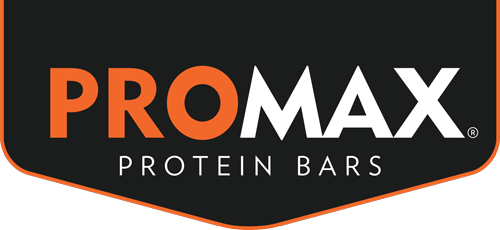Most people who work out focus on the activity itself, like cardio endurance or achieving maximum reps in a weight routine, and often forget about the crucial “cool down” period. Stretching after training can improve flexibility and prevent sore muscles, and is as important to a workout plan as supplements or protein bars.
Why Stretching Matters after a Workout Exercise results in muscle wear and tear, which can cause pain and soreness once the activity stops. Stretching afterwards will help limit aches so you don't have to skip a day of training. Here are just a few reasons why stretching helps after exercising:
- Limits Muscle Tightness: Tight muscles take longer to heal. Get back to the gym sooner by stretching after exercise.
- Improves Flexibility: Stretching allows your muscles to reach their full range of motion.
- Counteracts Muscle Shortening: Tight and overused muscles can cause shortening over time. Regular stretching will reverse the effect of muscle shortening.
- Calf Stretch: Stand in front of a wall with your right foot behind your left foot, then slowly bend your left foot forward, keeping your right knee straight and your right foot flush with the floor. Make sure your back is straight and your hips are tilted forward. Hold each stretch for thirty seconds, then switch legs and repeat.
- Quadriceps Stretch: Grasp a wall or piece of exercise equipment for balance, and use your right hand to grab your right ankle and gently pull your heel up and back until you feel the stretch throughout your thigh. Hold for thirty seconds, making sure to keep your stomach muscles tight, and your knees close together. Switch legs and repeat.
- Shoulder Stretch: Bring your left arm across your torso, and use your right arm to hook the left elbow close to your body. Hold the stretch for thirty seconds, and then switch arms and repeat.
- “Cold” Muscles: Stretching after a workout ensures that your muscles will be warmed up and easiest to stretch. Attempting to do a stretch with stiff, or “cold,” muscles can cause injury.
- Stretch It All: A good rule of thumb is to stretch all major muscle groups, with a focus on the muscles you use most during exercise. For leg-centric activities, that means focusing on the quadriceps, hamstrings, and calves; whereas shoulders, chest, and back should be stretched after upper-body exercises like weight lifting, swimming, or tennis.
- Stay Relaxed: Use slow, gentle movements while stretching, and remember to breathe, exhaling as you move into the stretch.
- Don't Push It: Hold each stretching position for no more than twenty to thirty seconds. Always keep still when stretching, as well – sudden movements can limit stability and cause injury.
